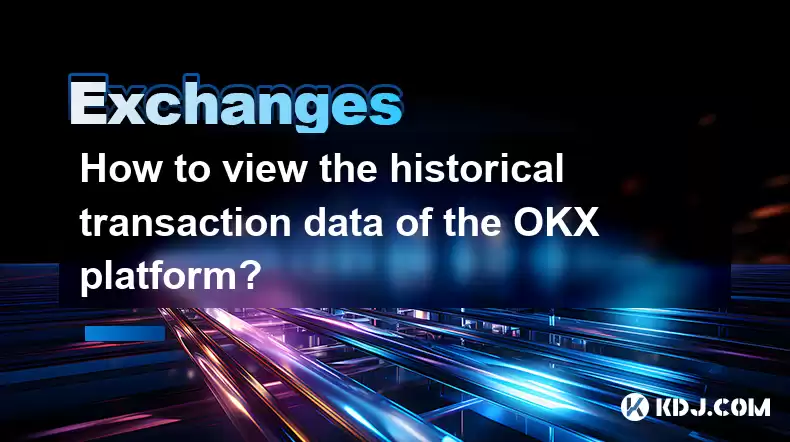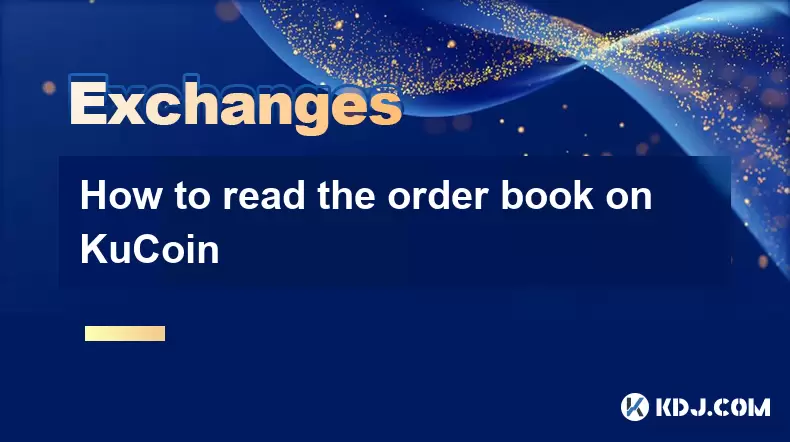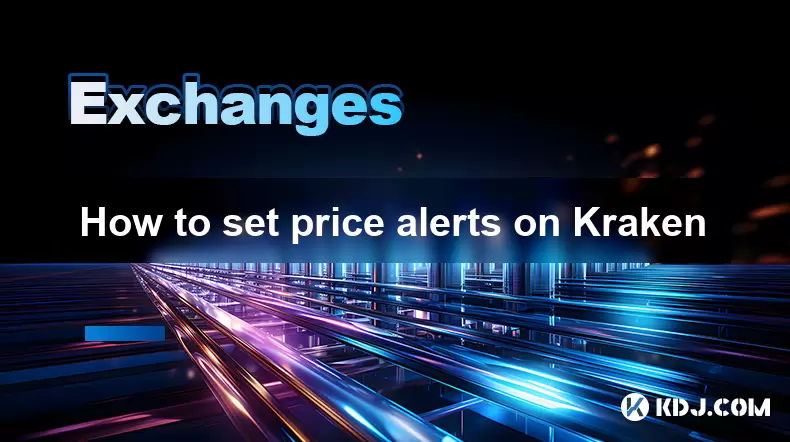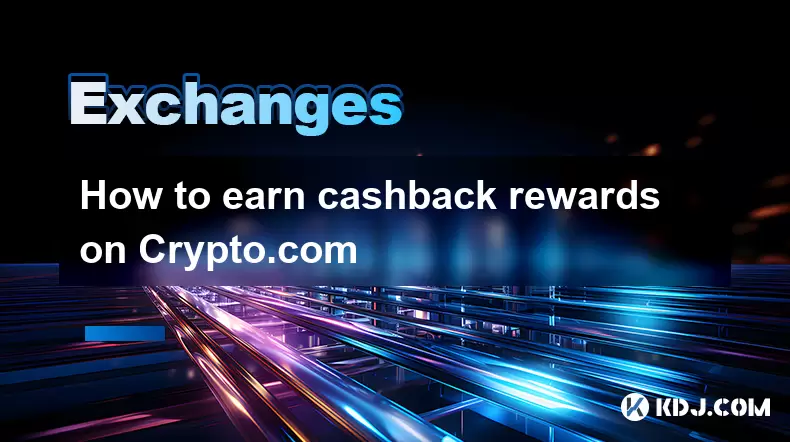-
 Bitcoin
Bitcoin $119000
-3.10% -
 Ethereum
Ethereum $4618
-2.63% -
 XRP
XRP $3.115
-5.33% -
 Tether USDt
Tether USDt $1.001
0.06% -
 BNB
BNB $848.9
-0.54% -
 Solana
Solana $195.5
-5.81% -
 USDC
USDC $0.9999
0.00% -
 Dogecoin
Dogecoin $0.2289
-8.32% -
 TRON
TRON $0.3585
-2.01% -
 Cardano
Cardano $0.9235
-6.55% -
 Hyperliquid
Hyperliquid $48.30
1.17% -
 Chainlink
Chainlink $22.72
-4.32% -
 Sui
Sui $3.803
-6.61% -
 Stellar
Stellar $0.4267
-6.87% -
 Bitcoin Cash
Bitcoin Cash $594.4
-5.04% -
 Ethena USDe
Ethena USDe $1.001
0.08% -
 Hedera
Hedera $0.2516
-6.97% -
 Avalanche
Avalanche $25.00
-2.26% -
 Litecoin
Litecoin $121.9
-8.37% -
 UNUS SED LEO
UNUS SED LEO $9.527
2.75% -
 Toncoin
Toncoin $3.425
-5.14% -
 Shiba Inu
Shiba Inu $0.00001299
-6.90% -
 Uniswap
Uniswap $10.97
-8.20% -
 Polkadot
Polkadot $4.009
-6.42% -
 OKB
OKB $94.96
-9.95% -
 Dai
Dai $1.000
0.03% -
 Bitget Token
Bitget Token $4.634
-3.48% -
 Cronos
Cronos $0.1566
-6.09% -
 Ethena
Ethena $0.7206
-5.45% -
 Aave
Aave $312.2
-7.49%
How to view the historical transaction data of the OKX platform?
OKX offers multiple ways to access transaction history: the platform interface shows recent trades, downloadable reports provide more comprehensive data, and APIs enable advanced analysis; prioritize security when accessing this sensitive information.
Mar 13, 2025 at 06:16 pm

Key Points:
- OKX provides several methods to access historical transaction data, depending on your needs and the level of detail required.
- The platform's user interface offers readily accessible recent transaction history.
- For more in-depth historical data, users can utilize downloadable reports or third-party tools.
- Understanding the limitations of each method is crucial for effective data retrieval.
- Security and data privacy are paramount when handling sensitive transaction information.
How to View the Historical Transaction Data of the OKX Platform?
Accessing your historical transaction data on the OKX platform is crucial for tracking your trading activity, managing your finances, and potentially for tax purposes. OKX offers several ways to view this data, each with its own advantages and limitations. Let's explore these methods in detail.
1. Viewing Recent Transactions Through the OKX Platform Interface:
The simplest method is to directly access your transaction history through the OKX website or app. Upon logging in, navigate to your account's transaction history section. This usually displays your most recent transactions, providing details such as date, time, trading pair, amount, and price. This method is convenient for quickly reviewing recent trades. However, it may not provide a complete historical record beyond a certain timeframe. The displayed timeframe might vary depending on your platform settings.
2. Downloading Transaction History Reports:
OKX often provides functionality to download a comprehensive report of your transaction history. This usually involves navigating to your account settings or a dedicated section for reports. The report might be available in various formats, such as CSV or XLS, which are easily imported into spreadsheets. These downloadable reports offer a more extensive record than what's displayed directly on the platform's interface, allowing you to analyze your trades over a longer period. Remember to store these reports securely.
3. Utilizing Third-Party Tools and APIs:
For more advanced users and those requiring extensive data analysis, OKX might offer APIs (Application Programming Interfaces) or support integration with third-party trading analytics tools. These tools often provide advanced charting, data visualization, and reporting capabilities. This allows for in-depth analysis of your trading performance and identification of patterns over long periods. However, using third-party tools requires technical expertise and careful consideration of data security. Ensure you only use reputable and secure tools.
4. Understanding Timeframes and Data Limitations:
Remember that the amount of historical data available through the different methods may vary. The platform's interface usually displays a limited timeframe of recent transactions. Downloaded reports might cover a longer period but might still have limitations. Accessing extremely old data may require specific requests to OKX's support team, if even possible. Always be aware of any limitations and potential gaps in the data.
5. Security and Privacy Considerations:
When accessing and handling your transaction data, always prioritize security. Ensure you are using the official OKX platform and not a phishing site. Protect your login credentials and avoid sharing sensitive information with unauthorized individuals. If you use third-party tools, ensure they are reputable and have robust security measures. Regularly review your account activity to detect any unusual or suspicious transactions.
6. Navigating the OKX Platform Interface for Transaction History:
The exact location of the transaction history section might vary slightly depending on the version of the OKX website or app you are using. However, generally, you'll find it within your account settings or under a section labeled "Trades," "Transactions," or similar. Look for options to filter your transactions by date range, trading pair, or other criteria. The platform's help center or FAQ section should provide detailed instructions.
7. Interpreting Downloaded Transaction Reports:
Downloaded reports usually include columns with essential information such as trade ID, timestamp, trading pair, buy/sell indicator, price, quantity, and fees. Familiarize yourself with the meaning of each column before analyzing the data. Use spreadsheet software to sort, filter, and calculate relevant metrics like total profit/loss, average trade size, and other indicators to help understand your trading performance.
8. Connecting to OKX APIs (If Available):
Accessing OKX's APIs requires technical knowledge of programming and API integration. The OKX developer documentation, usually available on their website, should provide detailed instructions on how to access and utilize the APIs. You'll need to obtain API keys and adhere to their terms of service and rate limits.
Frequently Asked Questions:
Q: How far back can I view my transaction history on OKX?
A: The timeframe for accessible transaction history varies depending on the method used. The platform interface shows recent transactions, while downloaded reports might cover a longer period, though this period is limited and not necessarily comprehensive. Extremely old data may not be readily available.
Q: What file formats are available for downloaded transaction reports?
A: OKX typically offers common formats such as CSV (Comma Separated Values) and XLS (Excel). The exact formats might depend on the specific report type and platform version.
Q: What if I can't find my transaction history on the OKX platform?
A: If you cannot locate your transaction history, contact OKX's customer support for assistance. They can help troubleshoot any issues you are encountering and may be able to provide access to missing data, subject to their policies and data retention practices.
Q: Are my transaction data secure on OKX?
A: OKX employs security measures to protect user data. However, it is crucial to maintain strong security practices on your end, such as using strong passwords and enabling two-factor authentication. Always be cautious of phishing attempts and only access your account through official OKX channels.
Disclaimer:info@kdj.com
The information provided is not trading advice. kdj.com does not assume any responsibility for any investments made based on the information provided in this article. Cryptocurrencies are highly volatile and it is highly recommended that you invest with caution after thorough research!
If you believe that the content used on this website infringes your copyright, please contact us immediately (info@kdj.com) and we will delete it promptly.
- Kazakhstan's Crypto Leap: Bitcoin ETF and Central Asia's Digital Finance Future
- 2025-08-13 12:45:19
- BlockDAG Presale Blazes Past $371M: Fundraising Frenzy Fuels Crypto Sensation
- 2025-08-13 13:05:21
- Meme Coins: Chasing the 2025 Surge – Which Will Moonshot?
- 2025-08-13 10:25:23
- Bitcoin's Wild Ride: Rally, Pullback, and What's Next
- 2025-08-13 10:25:23
- Bitcoin, Bitmax, and Institutional Demand: A New Era of Crypto Investment
- 2025-08-13 10:45:12
- Solana, ROAM, and Airdrops: What's the Buzz in 2025?
- 2025-08-13 11:35:13
Related knowledge

How to use margin trading on Poloniex
Aug 08,2025 at 09:50am
Understanding Margin Trading on Poloniex

How to read the order book on KuCoin
Aug 10,2025 at 03:21pm
Understanding the Order Book Interface on KuCoinWhen accessing the order book on KuCoin, users are presented with a real-time display of buy and sell ...

How to read the order book on KuCoin
Aug 12,2025 at 02:28am
Understanding the Basics of Staking in CryptocurrencyStaking is a fundamental concept in the world of blockchain and cryptocurrencies, particularly wi...

How to set price alerts on Kraken
Aug 11,2025 at 08:49pm
Understanding Price Alerts on KrakenPrice alerts on Kraken are tools that allow traders to monitor specific cryptocurrency pairs for price movements. ...

How to avoid high gas fees on Uniswap
Aug 13,2025 at 11:35am
Understanding Gas Fees on UniswapGas fees on Uniswap are payments made to Ethereum miners or validators for processing transactions on the blockchain....

How to earn cashback rewards on Crypto.com
Aug 12,2025 at 02:08am
Understanding Cashback Rewards on Crypto.comCashback rewards on Crypto.com are a feature designed to incentivize users to spend using their Crypto.com...

How to use margin trading on Poloniex
Aug 08,2025 at 09:50am
Understanding Margin Trading on Poloniex

How to read the order book on KuCoin
Aug 10,2025 at 03:21pm
Understanding the Order Book Interface on KuCoinWhen accessing the order book on KuCoin, users are presented with a real-time display of buy and sell ...

How to read the order book on KuCoin
Aug 12,2025 at 02:28am
Understanding the Basics of Staking in CryptocurrencyStaking is a fundamental concept in the world of blockchain and cryptocurrencies, particularly wi...

How to set price alerts on Kraken
Aug 11,2025 at 08:49pm
Understanding Price Alerts on KrakenPrice alerts on Kraken are tools that allow traders to monitor specific cryptocurrency pairs for price movements. ...

How to avoid high gas fees on Uniswap
Aug 13,2025 at 11:35am
Understanding Gas Fees on UniswapGas fees on Uniswap are payments made to Ethereum miners or validators for processing transactions on the blockchain....

How to earn cashback rewards on Crypto.com
Aug 12,2025 at 02:08am
Understanding Cashback Rewards on Crypto.comCashback rewards on Crypto.com are a feature designed to incentivize users to spend using their Crypto.com...
See all articles

























































































